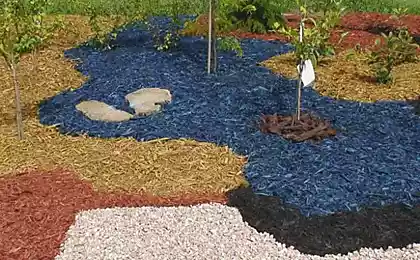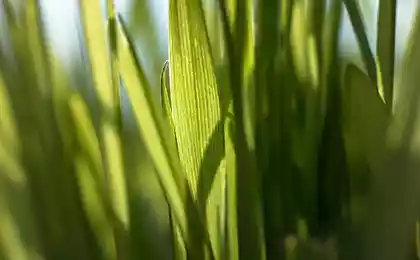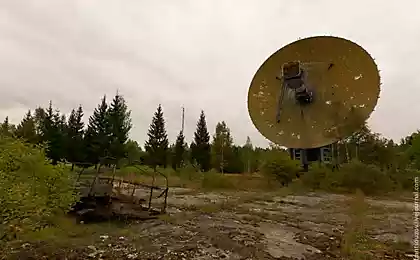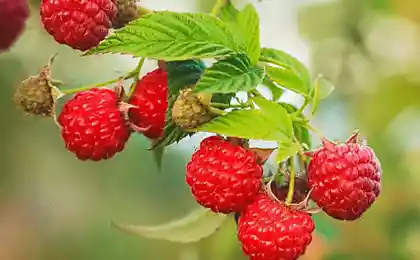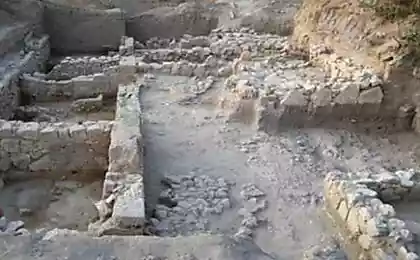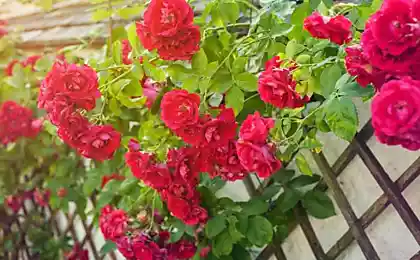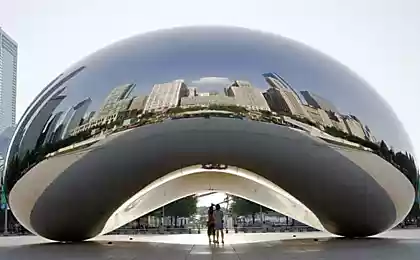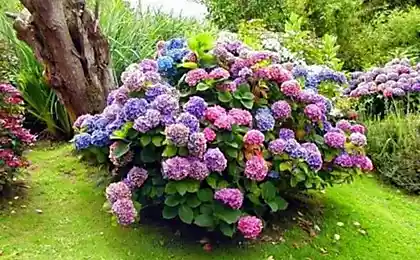190
Mulching: Everything you need to know
Mulch is any material that covers the soil from above. It retains moisture, keeps cool, conducts air and creates comfort for living soil looseners.
Mulching helps in the fight against weeds - a layer of 5-7 centimeters reduces the growth of weeds several times. Mulcha creates a shadow in the rows, which also interferes with the development of weeds. When using mulching, the evaporation of moisture from the soil is significantly reduced and, as a result, the frequency of irrigation decreases. The top layer of soil will always be loose - loosening can be carried out less often.
1. In the case of winter soil mulching, with the onset of spring, beds covered with a thick layer of mulch are worse warmed up due to a lack of sunlight and light. Therefore, it is better to remove it and let the ground warm up well before sowing.
2. In spring, after the earth warms up enough, mulch is laid around the plants on weed-cleaned, loose and moist soil. In late autumn, the spent mulch is collected together with the leaves and sent to a compost pile. If there is a risk of a large number of parasites in the mulch, it is best to burn it.
3. In winter, the soil is mulched with plant residues from the harvested crop, pulp or unpreserved manure. It is best to make a mixture of all these components. Mineral flour mixed with winter mulch will prevent the release of an unpleasant odor and accelerate the metabolism.
4. Plants covered for the winter with mulch, most often suffer from late frosts. Therefore, in regions with a cold long winter, mulching is recommended in the spring.
5. When mulching a bed with still ungrown seeds, the places of emergence of seedlings are sprinkled with sand, mature compost or cut off crushed grass, and the rows are covered with mulch.
6. Around fruit trees and ornamental shrubs it is better to use organic mulch - compost, grass, sawdust, etc., laying it in a layer of about 5 cm.
7. The earth should be mulched immediately after planting the plants. Beforehand, it must be heavily watered.
8. When mulching, it is important to ensure that the material used for mulch does not come into contact with the cultivated plant (especially with tree trunks and shrubs).
9. Do not get involved in mulching on heavy clay and damp soils. In such conditions, a thick layer of mulch can adversely affect the growth and development of plants. On light soils, a 10-15 cm layer of mulch is laid, on heavy soils - no more than 5-8 cm.
10. On clay soils, mulch is floored with a layer of about 2 cm and reported as needed. After about two to three years of regular mulching, the structure of the heavy soil improves markedly.
11. When used for mulching film, it is spread out before planting plants in the ground. The film around the perimeter is sprinkled with earth, pressed with boards or pinned. Further in the film, cross-shaped incisions are made in places where seedlings will be planted. Before planting, the soil in the slots is abundantly watered. When growing under film perennial crops, for example strawberries, mulch is not removed during the entire period of planting.
12. When cutting the lawn, the cut grass does not need to be removed immediately. She can make a great mulch. At the same time, it is necessary to ensure that the layer of cut grass is not too dense and remains breathable. Otherwise, the lawn will quickly lose its decorativeness. The accumulated mulch is removed into a compost pit.
13. You can't bury waste mulch in the ground. Used organic mulch may contain a large number of parasites. In addition, sawdust buried in the ground will take nitrogen from plants, and needles will increase the acidity of the soil. published
P.S. And remember, just changing our consumption – together we change the world!
Join us on Facebook, VKontakte, Odnoklassniki
Source: vk.com/public55911986?w=wall-55911986_4530
Mulching helps in the fight against weeds - a layer of 5-7 centimeters reduces the growth of weeds several times. Mulcha creates a shadow in the rows, which also interferes with the development of weeds. When using mulching, the evaporation of moisture from the soil is significantly reduced and, as a result, the frequency of irrigation decreases. The top layer of soil will always be loose - loosening can be carried out less often.
1. In the case of winter soil mulching, with the onset of spring, beds covered with a thick layer of mulch are worse warmed up due to a lack of sunlight and light. Therefore, it is better to remove it and let the ground warm up well before sowing.
2. In spring, after the earth warms up enough, mulch is laid around the plants on weed-cleaned, loose and moist soil. In late autumn, the spent mulch is collected together with the leaves and sent to a compost pile. If there is a risk of a large number of parasites in the mulch, it is best to burn it.
3. In winter, the soil is mulched with plant residues from the harvested crop, pulp or unpreserved manure. It is best to make a mixture of all these components. Mineral flour mixed with winter mulch will prevent the release of an unpleasant odor and accelerate the metabolism.
4. Plants covered for the winter with mulch, most often suffer from late frosts. Therefore, in regions with a cold long winter, mulching is recommended in the spring.
5. When mulching a bed with still ungrown seeds, the places of emergence of seedlings are sprinkled with sand, mature compost or cut off crushed grass, and the rows are covered with mulch.
6. Around fruit trees and ornamental shrubs it is better to use organic mulch - compost, grass, sawdust, etc., laying it in a layer of about 5 cm.
7. The earth should be mulched immediately after planting the plants. Beforehand, it must be heavily watered.
8. When mulching, it is important to ensure that the material used for mulch does not come into contact with the cultivated plant (especially with tree trunks and shrubs).
9. Do not get involved in mulching on heavy clay and damp soils. In such conditions, a thick layer of mulch can adversely affect the growth and development of plants. On light soils, a 10-15 cm layer of mulch is laid, on heavy soils - no more than 5-8 cm.
10. On clay soils, mulch is floored with a layer of about 2 cm and reported as needed. After about two to three years of regular mulching, the structure of the heavy soil improves markedly.
11. When used for mulching film, it is spread out before planting plants in the ground. The film around the perimeter is sprinkled with earth, pressed with boards or pinned. Further in the film, cross-shaped incisions are made in places where seedlings will be planted. Before planting, the soil in the slots is abundantly watered. When growing under film perennial crops, for example strawberries, mulch is not removed during the entire period of planting.
12. When cutting the lawn, the cut grass does not need to be removed immediately. She can make a great mulch. At the same time, it is necessary to ensure that the layer of cut grass is not too dense and remains breathable. Otherwise, the lawn will quickly lose its decorativeness. The accumulated mulch is removed into a compost pit.
13. You can't bury waste mulch in the ground. Used organic mulch may contain a large number of parasites. In addition, sawdust buried in the ground will take nitrogen from plants, and needles will increase the acidity of the soil. published
P.S. And remember, just changing our consumption – together we change the world!
Join us on Facebook, VKontakte, Odnoklassniki
Source: vk.com/public55911986?w=wall-55911986_4530
Miraculous natural remedy for youthful face and beautiful hair
Cancer and parasites: the first 3 schemes Evgeny Lebedev



